标题:UrbanVCA v1.5.0(完全版): 基于真实地块的城市土地利用变化模拟和预测系统
Title: UrbanVCA v1.5.0(Full version): Actual Land-parcel-based Urban Land-use Simulation and Prediction System
在地理智能(GeoAI)快速发展背景下,UrbanVCA是一款基于真实地块和矢量元胞自动机(Vector-based CA)的城市土地利用变化模拟和预测系统。该系统同时支持城市内的土地利用相互转换和城市用地扩张过程 (Yao et al. 2017, Zhai et al. 2020)。
UrbanVCA is a GeoAI-based software for the simulation and prediction of urban development and land-use change process by using vector-based cellular automata. UrbanVCA supports the simulation and prediction of both land use interchange and urban land use expansion processes within the city (Yao et al. 2017, Zhai et al. 2020).
UrbanVCA可以很好的应用于以地块为基本单元的城市土地利用转换过程分析、城市规划和城市景观生态优化。相比栅格尺度的元胞自动机模型,矢量元胞自动机模型数据结构复杂,对于非计算机专业出生的城市规划人员和科研工作者来说可实现性不友好。因此,我们设计并开发了这一套系统。
UrbanVCA has been well applied in the fields of land-parcel-based urban land-use change process analysis, urban planning and urban landscape optimization. The vector-based CA model is difficult to implement due to the high technical difficulty. Therefore, we have designed and developed the UrbanVCA system can be easily used by researchers and urban planners.
此外,UrbanVCA还从底层开始设计了一套全新的空间数据输入、输出、展示和漫游模块。UrbanVCA同样支持多规则挖掘模型,并同时支持外部导入概率(比如深度学习)和多空间变量规则挖掘处理。
Besides, UrbanVCA provides new tools for the display, roaming, and input/output of spatial data. UrbanVCA also supports multi-rule mining models with both external import probabilities (e.g. by using deep learning), and multi-spatial variable processing.
值得一提的是,我们还会提供一套全新的支持矢量空间数据的景观指数计算和分析工具。
Notably, we will also provide a brand-new tool for calculating and analyzing landscape indices supporting vector-based spatial data.
软件下载 (Binary Download)
下载最新版本(Download the lastest version 2.0)
测数数据在安装目录的Data文件夹下。测试数据是模拟数据,不属于任何真实地区。 The test simulated data is in the Data folder of the installation directory. The simulated dataset is used for software testing and use-case illustration only. All the data provided is not part of any real area.说明书下载 (Manuals Download)
软硬件系统需求 (Software and hardware system requirements)
内存 >= 4GB (RAM >= 4GB)
硬盘空间 >= 3GB (Hard Disk Space >= 3GB)
Windows 8.1及以上版本 (Windows 8.1/10 or above)
Visual C++ Redistributable 2017
软件展示 (Demo Display)
温馨提示:如果发生视频镜像错误,请直接进入bilibili查看:点此进入UrbanVCA v1.5.0 功能介绍 (Features)
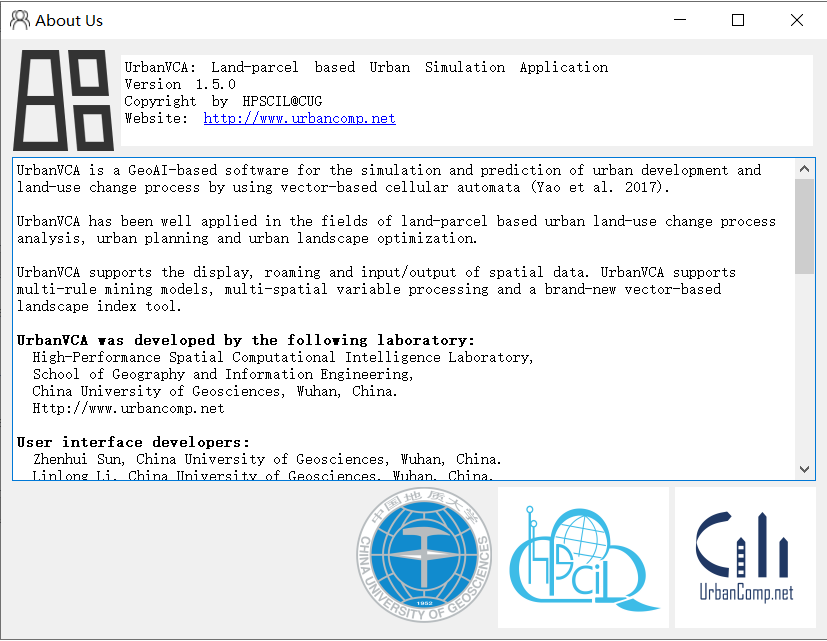
图1 关于 UrbanVCA v1.5.0
Figure 1 About UrbanVCA version 1.5.0
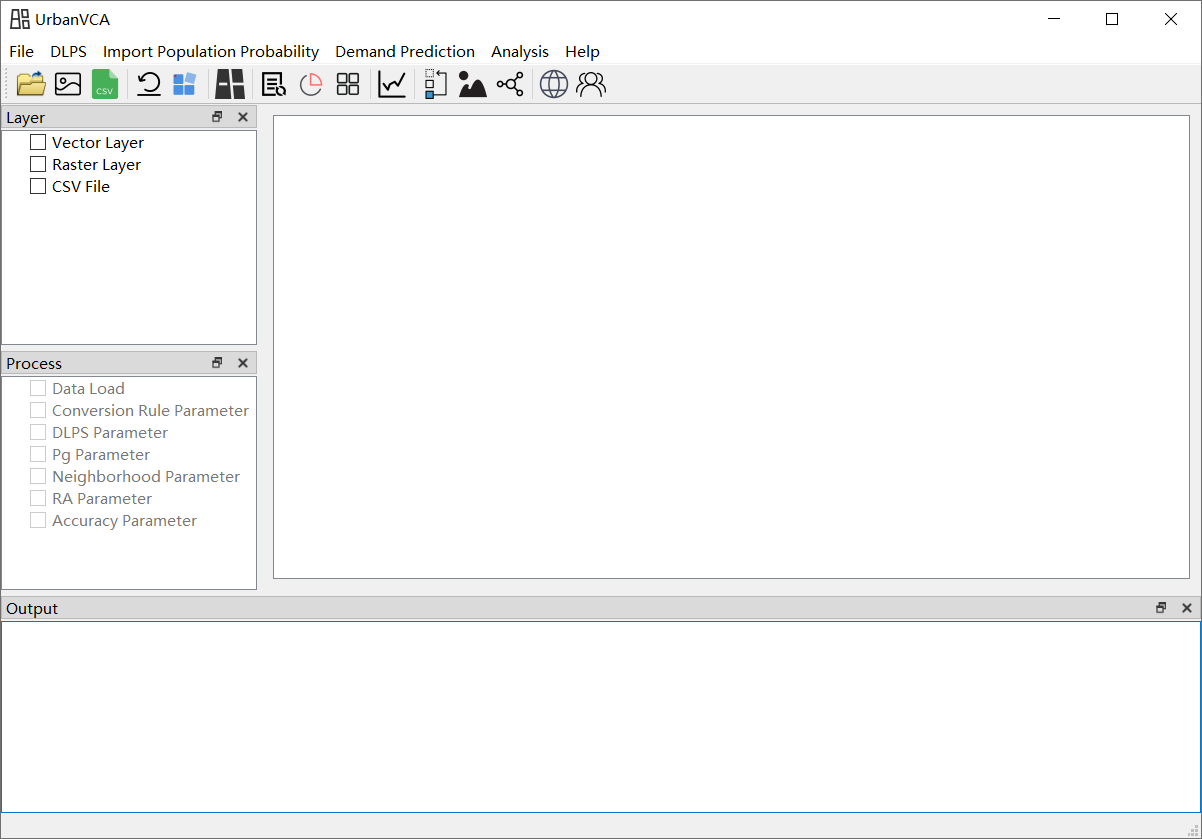
图2 UrbanVCA 启动界面
Figure 2 Initial user interface of UrbanVCA.

图3 全新的空间数据(栅格数据和矢量数据)IO、操作和漫游界面
Figure 3 A Brand-new IO, operational and roaming interface for operating the spatial data (raster and vector data).
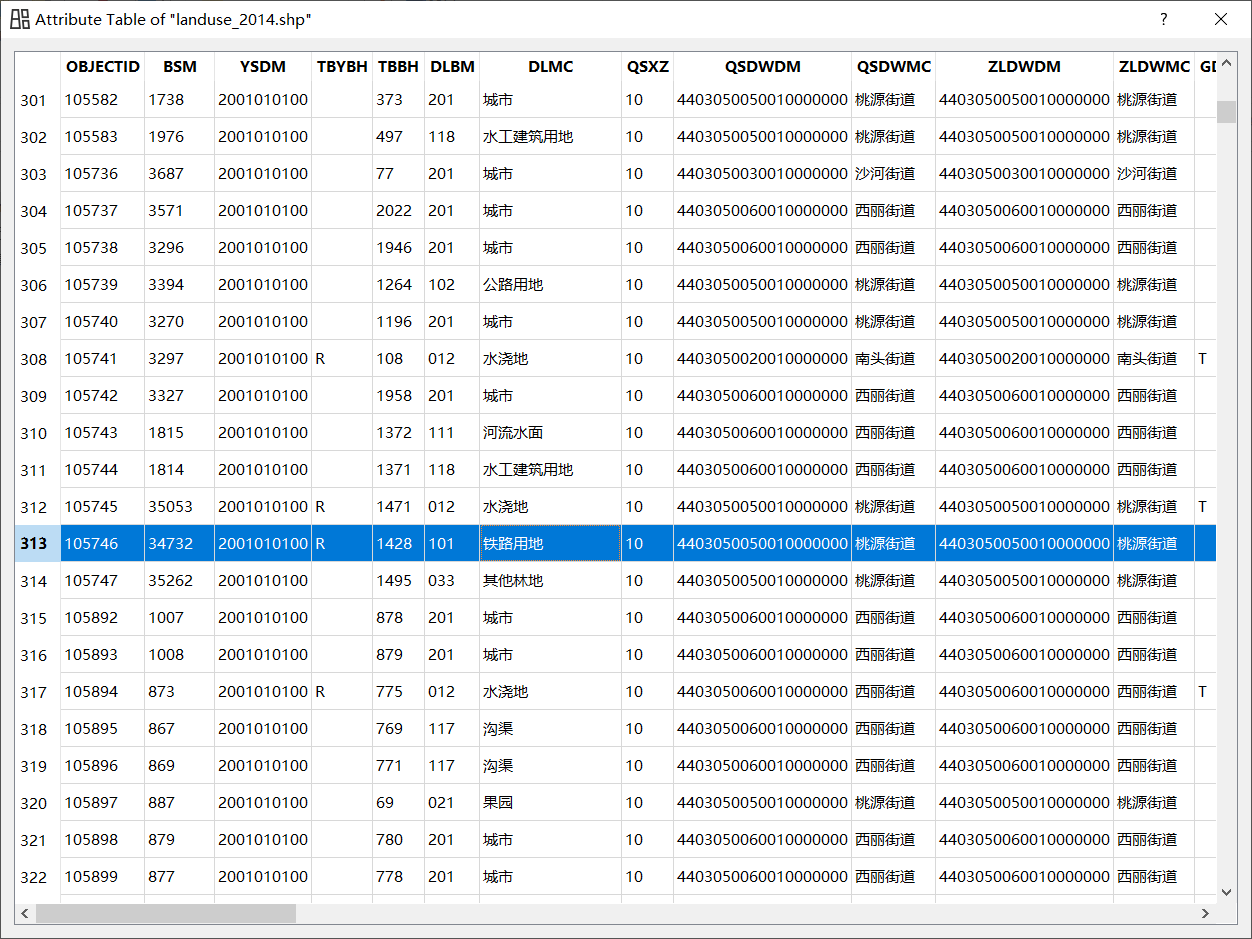
图4 矢量数据属性表的显示和编辑
Figure 4 UI for displaying and editing the attribute table of vector data.
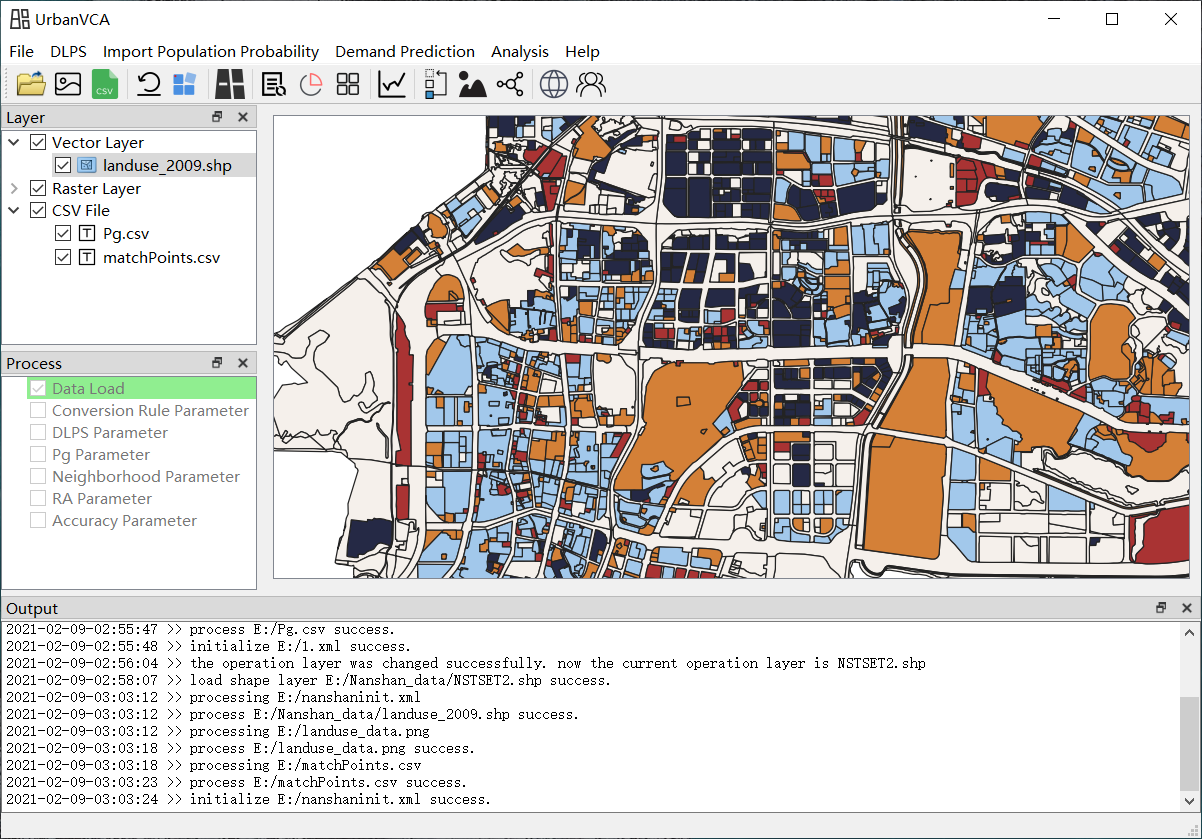
图5 矢量数据图层管理功能界面
Figure 5 UI for vector data layer management.
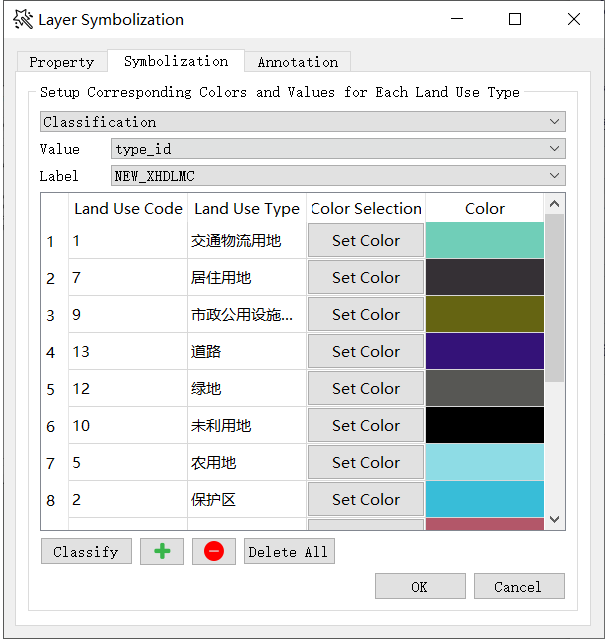
图6 土地利用类型重分类和渲染设置界面
Figure 6 UI for land-use type reclassification and rendering settings.
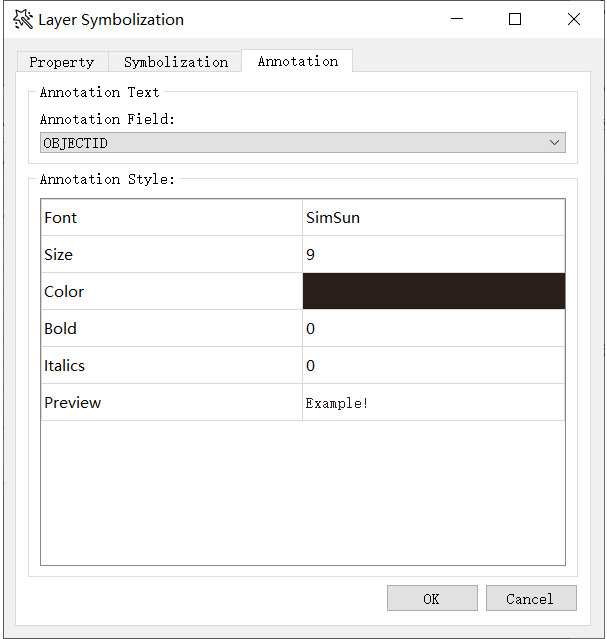
图7 图层符号化管理
Figure 7 Symbol management UI for layers
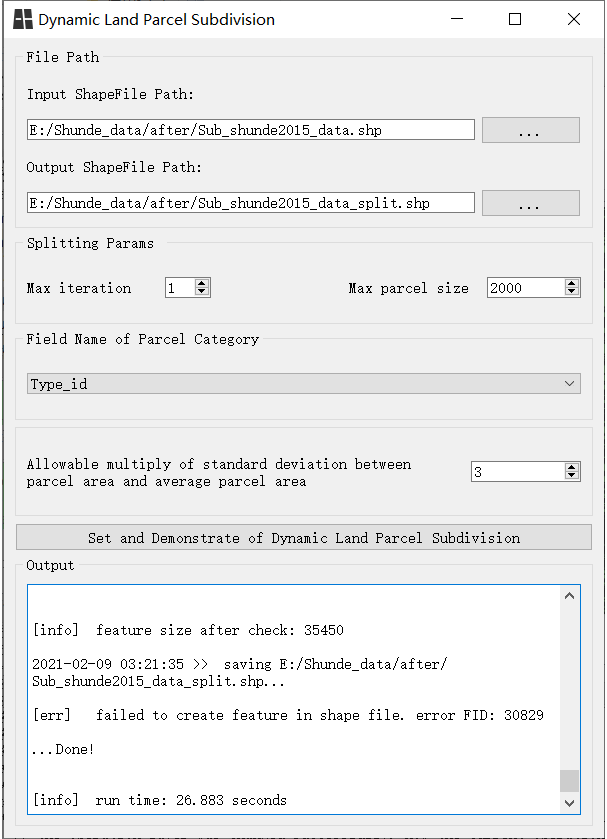
图8 动态地块分裂设置界面
Figure 8 UI for the dynamic land parcel subdivision settings.
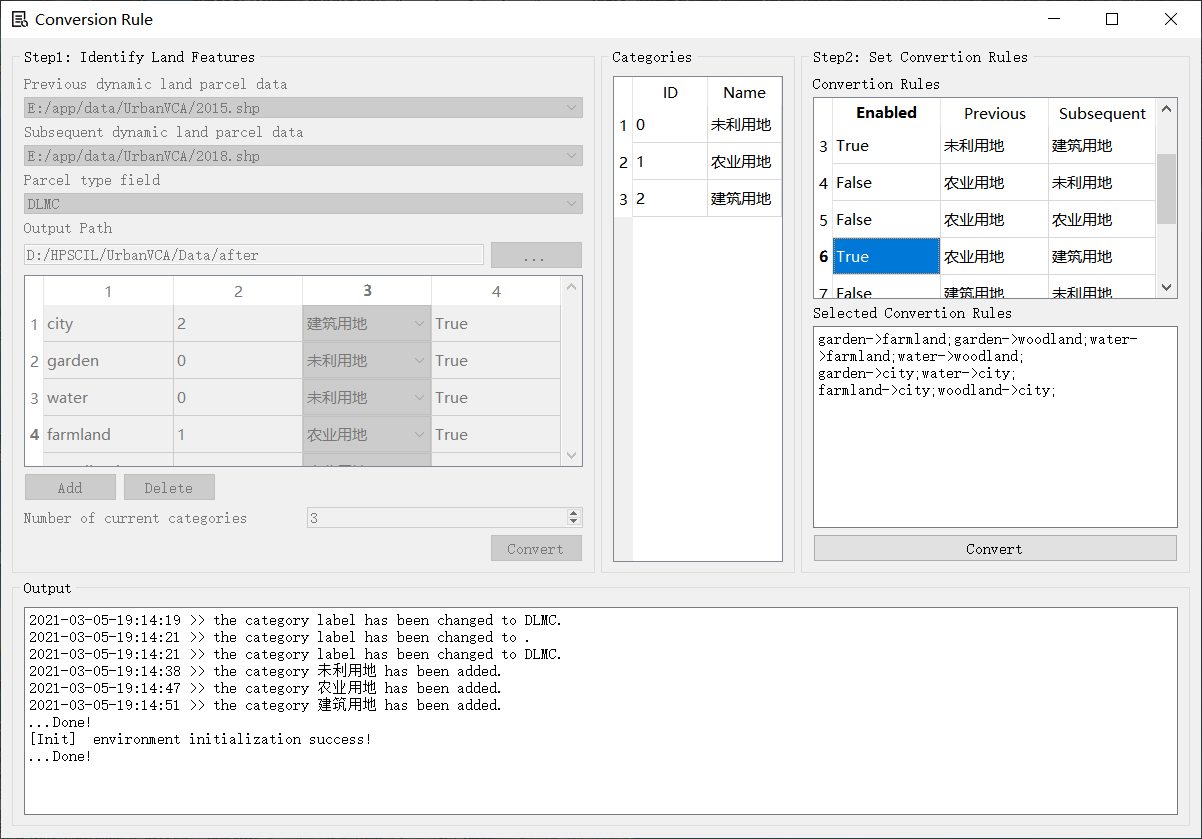
图9 设置模拟和预测过程中的土地利用相互转换类型界面
Figure 9 UI for setting the types of land-use change during the simulation and prediction process.
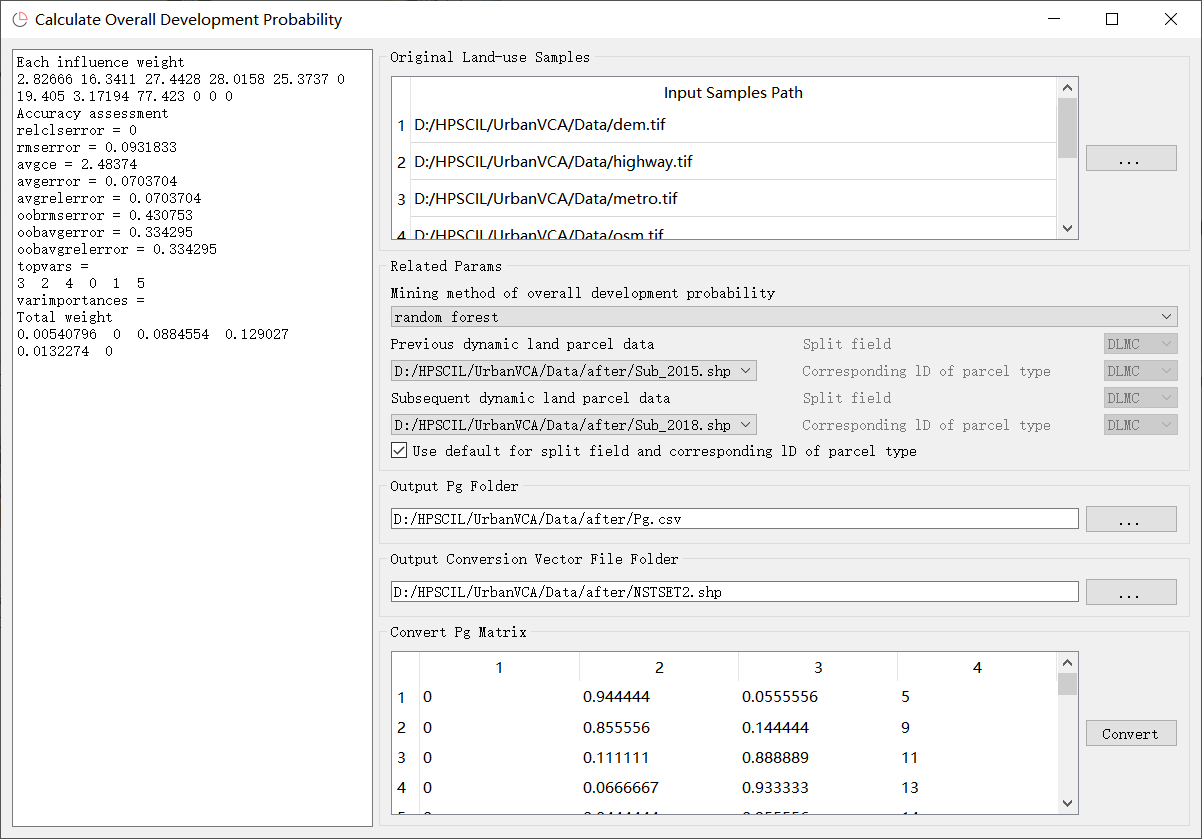
图10 基于多源空间数据,计算土地利用转换整体概率的参数设置界面(支持多种机器学习挖掘算法)
Figure 10 Parameter setting UI for calculating the overall probability of land-use change based on multi-source spatial data (Supporting several machine learning-based multi-rules mining models).
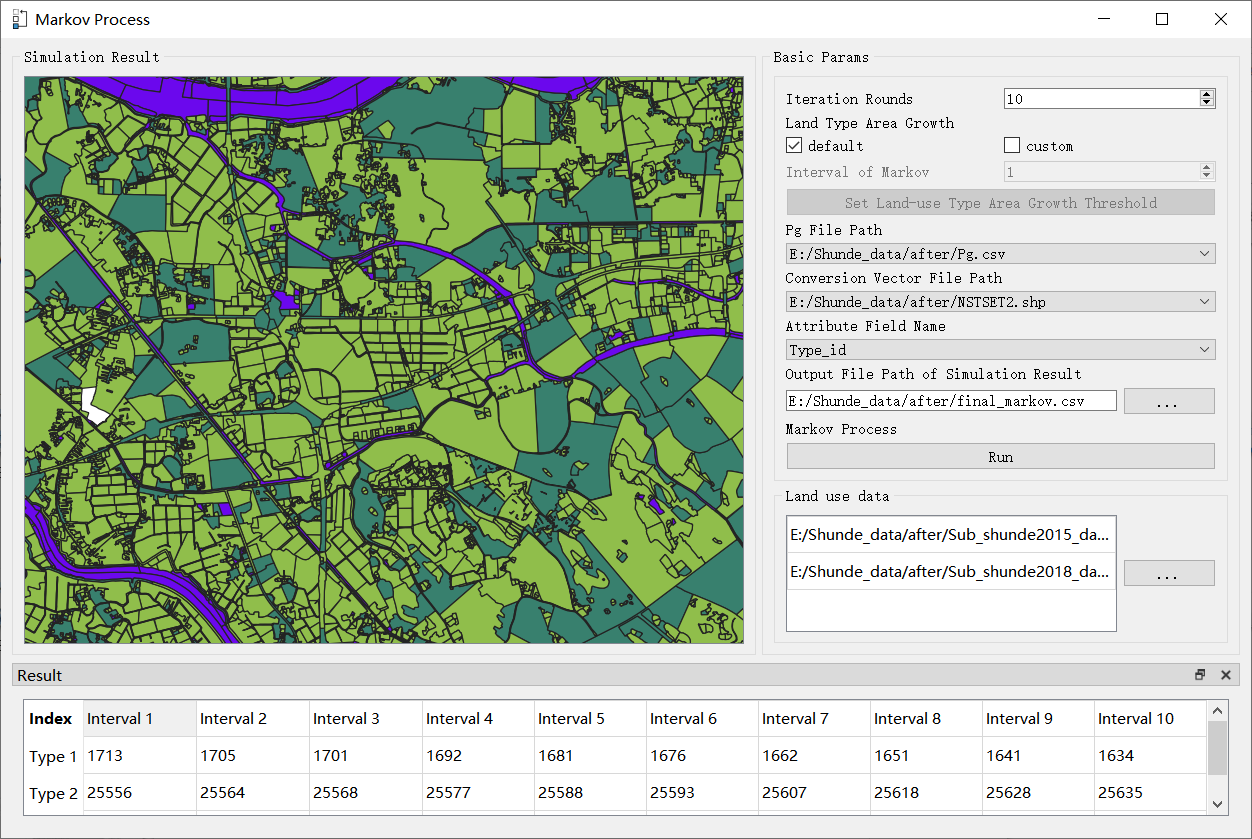
图11 基于马尔科夫过程的地块变化总量预测界面
Figure 11 Total land-parcel number prediction UI based on Markov-chains
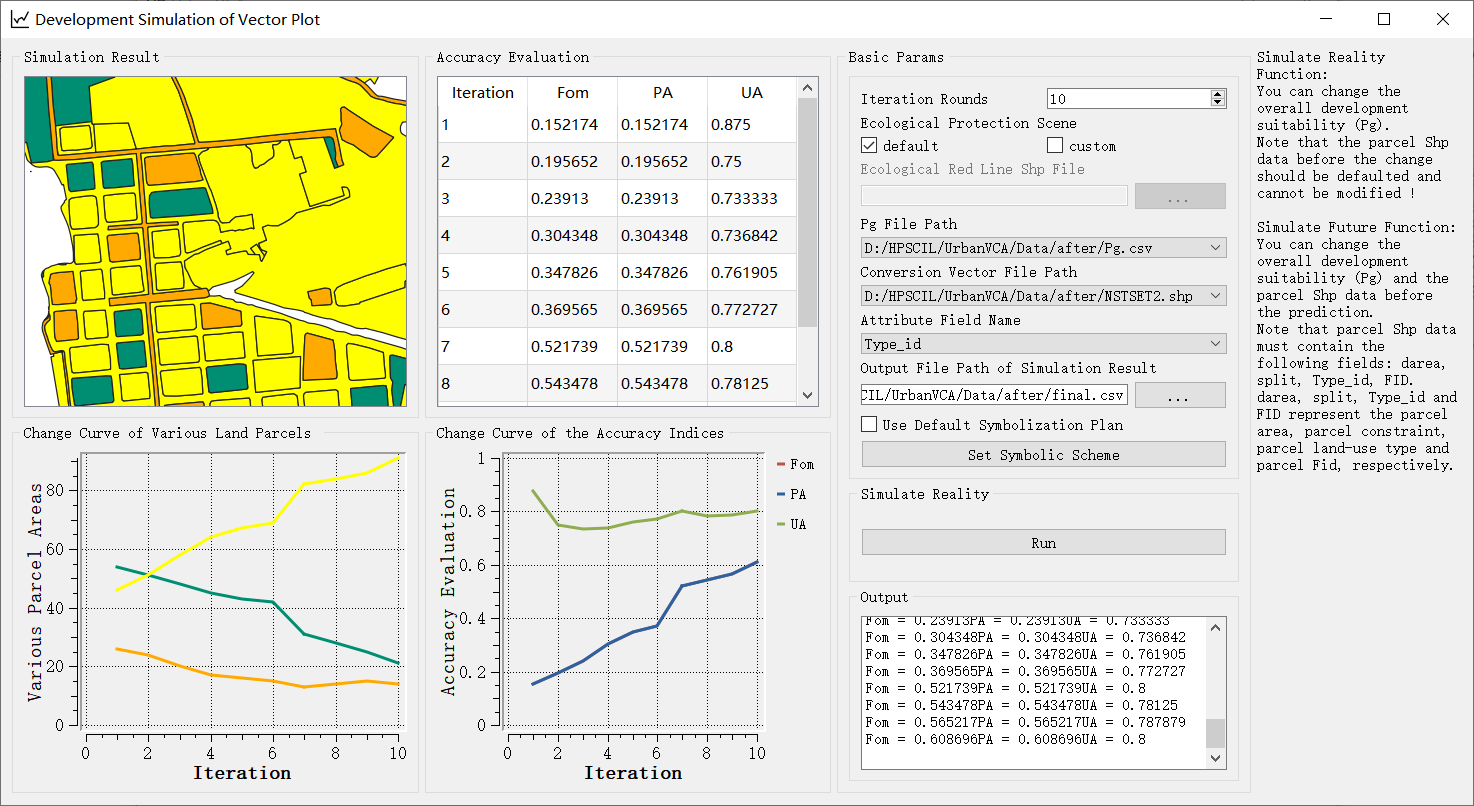
图12 城市土地利用模拟和预测过程界面,支持多类精度实时输出。
Figure 12 UI for the process of urban land-use simulation and prediction via UrbanVCA, supporting real-time output with multiple accuracy types.
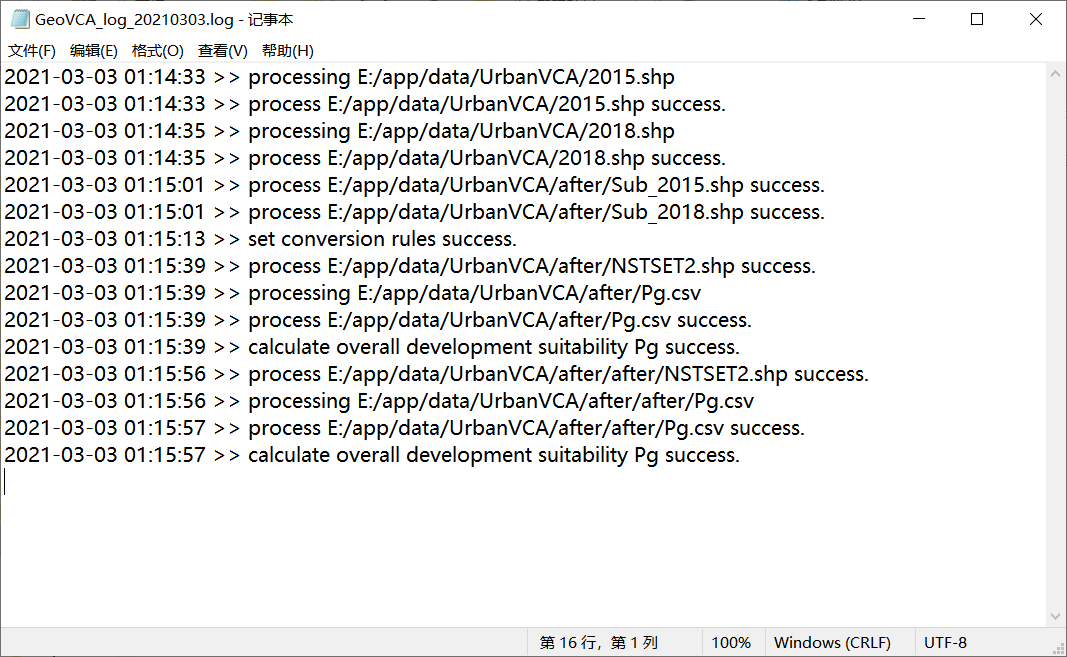
图13 UrbanVCA运行全过程监测和实时输出的日志文件
Figure 13 Real-time logging at the runtime of the UrbanVCA system.
开发团队 (Development Team)
UrbanVCA v1.5.0 was developed by the following laboratory (UrbanVCA v1.5.0由以下实验室开发):
High-Performance Spatial Computational Intelligence Laboratory (高性能空间计算智能实验室),
School of Geography and Information Engineering (地理与信息工程学院),
China University of Geosciences, Wuhan, China (中国地质大学,武汉).
User interface developers (用户界面开发者):
Zhenhui Sun (孙振辉), China University of Geosciences, Wuhan, China.
Linlong Li (李林龙), China University of Geosciences, Wuhan, China.
Tao Chen (程涛), China University of Geosciences, Wuhan, China.
Lefei Li (李乐飞), Didi Corporation, Beijing, China.
Yuyang Cai (蔡宇阳), China University of Geosciences, Wuhan, China.
Yao Yao (姚尧), China University of Geosciences, Wuhan, China.
Xun Liang (梁迅), China University of Geosciences, Wuhan, China.
Yaqian Zhai (翟雅倩), China University of Geosciences, Wuhan, China.
Algorithm designers and developers (算法设计和开发者):
Yao Yao (姚尧), China University of Geosciences, Wuhan, China.
Yaqian Zhai (翟雅倩), China University of Geosciences, Wuhan, China.
Penghua Liu (刘鹏华), Alibaba Group, Hangzhou, China.
Jinbao Zhang (张金宝), Sun Yat-sen University, Guangzhou, China.
Ye Hong (洪晔), ETH Zurich, Switzerland.
Yatao Zhang (张亚涛), Huawei Technologies Co., Ltd., Hangzhou, China.
Linlong Li (李林龙), China University of Geosciences, Wuhan, China.
Tao Chen (程涛), China University of Geosciences, Wuhan, China.
Zhenhui Sun (孙振辉), China University of Geosciences, Wuhan, China.
Qingfeng Guan (关庆锋), China University of Geosciences, Wuhan, China.
High-performance computing platform developers (高性能计算底层开发者):
Qingfeng Guan (关庆锋), China University of Geosciences, Wuhan, China.
Yao Yao (姚尧), China University of Geosciences, Wuhan, China.
Jinbao Zhang (张金宝), Sun Yat-sen University, Guangzhou, China.
Penghua Liu (刘鹏华), Alibaba Group, Hangzhou, China.
Related references (参考文献)
[1] Yao, Y., Liu, X., Li, X., Liu, P., Hong, Y., Zhang, Y., & Mai, K. (2017). Simulating urban land-use changes at a large scale by integrating dynamic land parcel subdivision and vector-based cellular automata. International Journal of Geographical Information Science, 31(12), 2452-2479.
[2] Zhai, Y., Yao, Y., Guan, Q., Liang, X., Li, X., Pan, Y., … & Zhou, J. (2020). Simulating urban land use change by integrating a convolutional neural network with vector-based cellular automata. International Journal of Geographical Information Science, 34(7), 1475-1499.
[3]Yao, Y., Li, L., Liang, Z., Cheng, T., Sun, Z., Luo, P., … & Ye, X. (2021). UrbanVCA: a vector-based cellular automata framework to simulate the urban land-use change at the land-parcel level. arXiv preprint arXiv:2103.08538.
软件著作权 (Software Copyright)
软件著作权 | UrbanVCA:基于真实地块的城市土地利用变化模拟和预测系统软件
Q.E.D.









